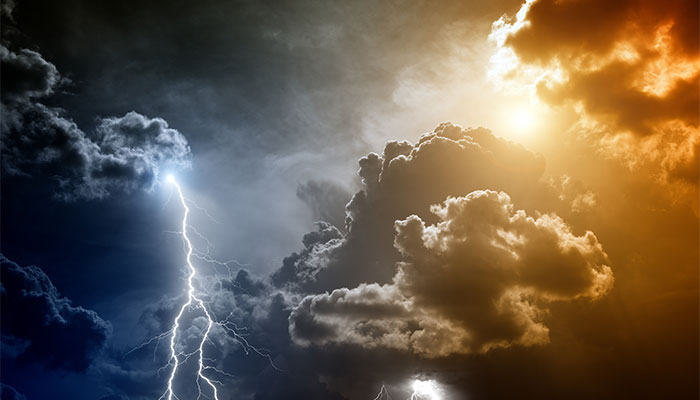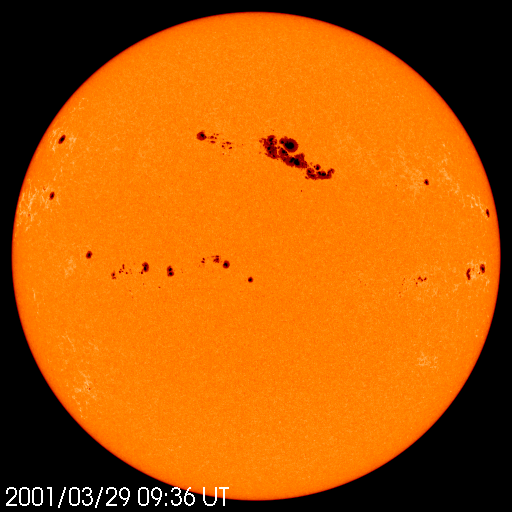
When you hear the word “weather,” you probably think of clouds and lightning bolts and rainstorms. Maybe, if you live in particularly high elevation or latitude, you think snowstorms or even blizzards.
We humans are used to these weather patterns. They’re the norm here on Earth. But would you be surprised to hear that the sun has weather of its own?
The sun doesn’t have clouds. Electricity doesn’t crackle through its atmosphere and build up as lightning. Its surface sits comfortably at about 5800 K, which is 9980°F and 5526°C—so it doesn’t even get close to cold enough for rain or snow.
So what kind of weather does the sun have?
Continue reading


